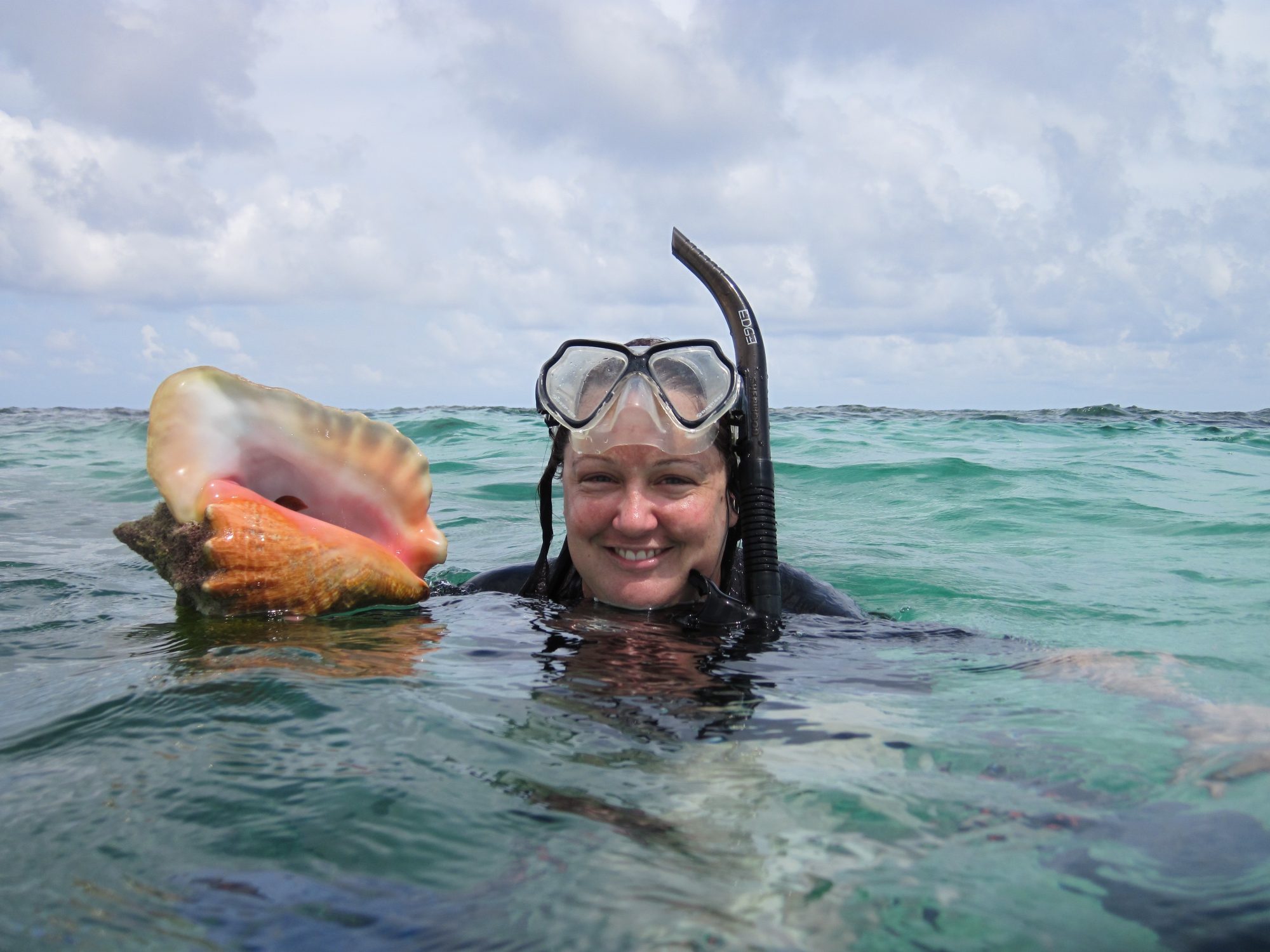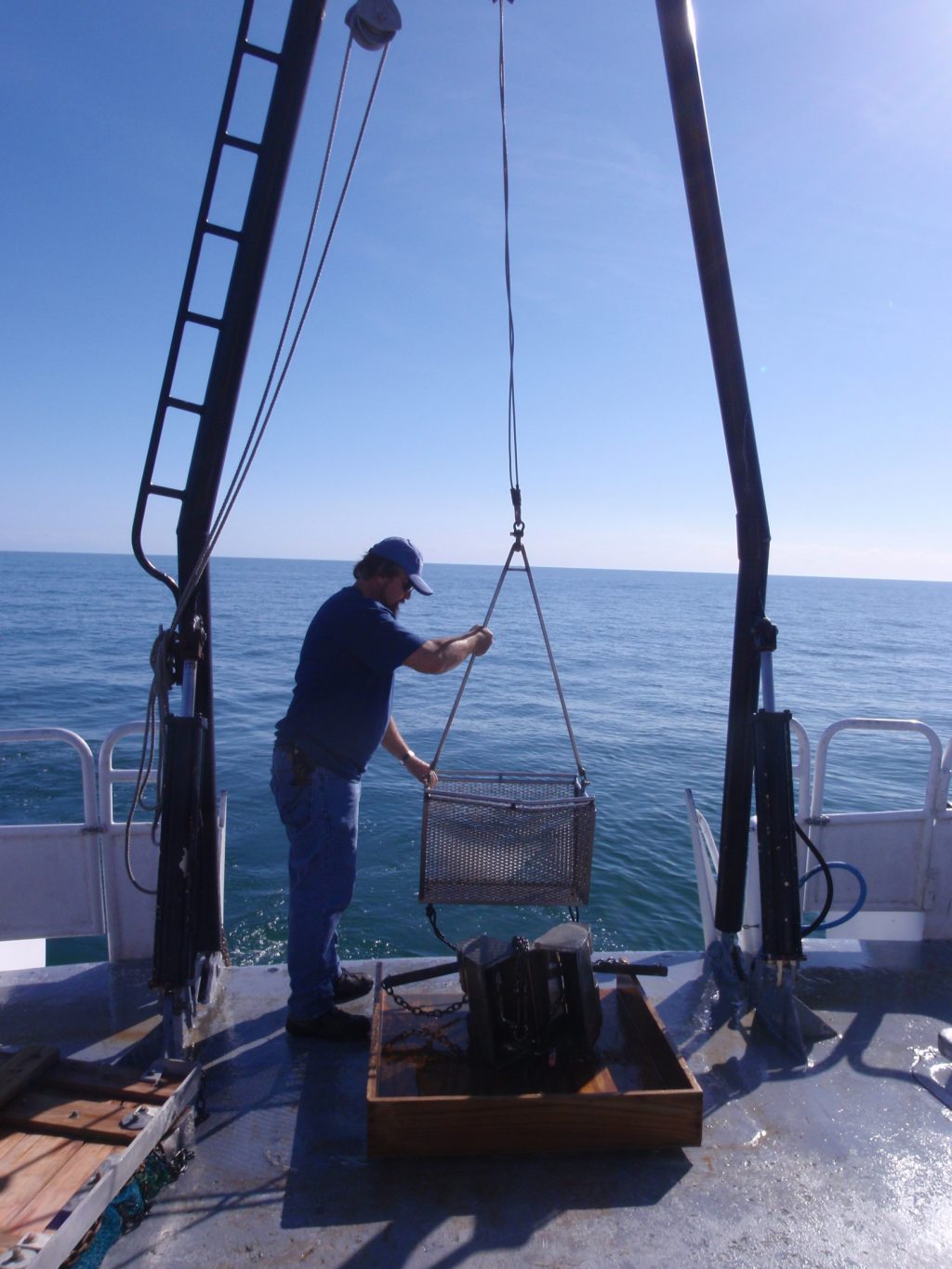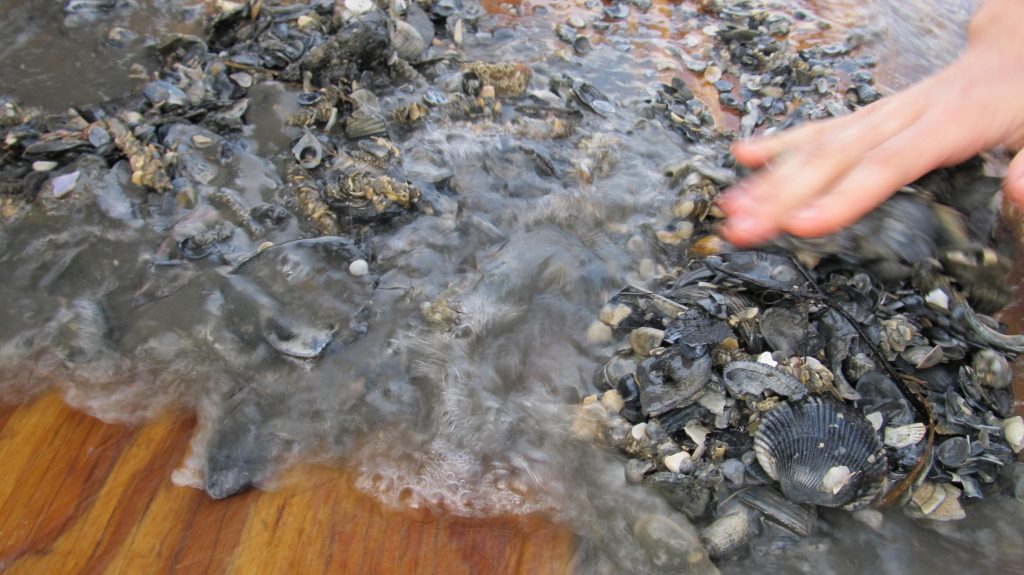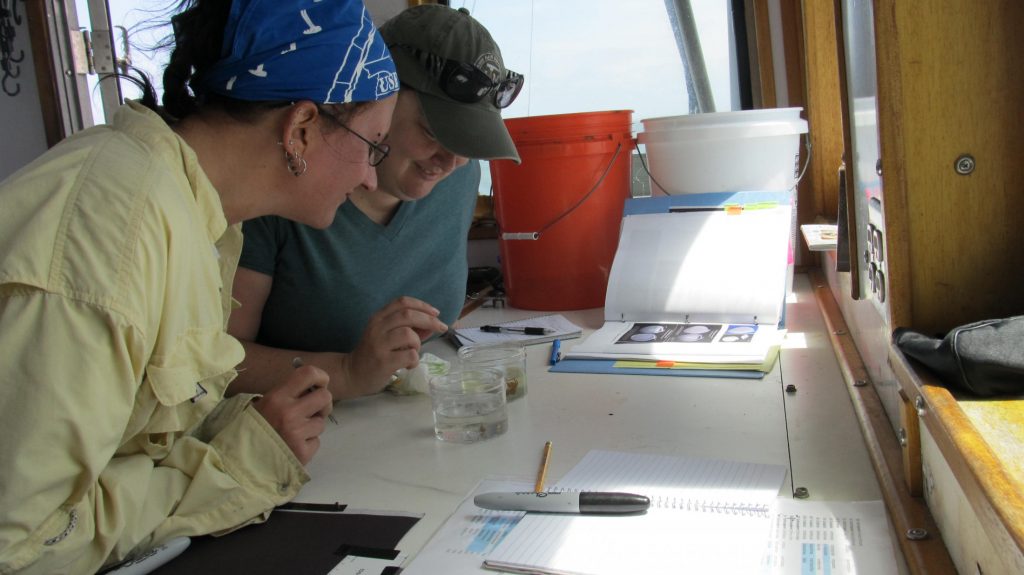Biologists attempting to conserve and restore denuded environments are limited by their scant knowledge of what those environments looked like before the arrival of humans. This is especially true of coastal ecosystems, many of which had already been drastically altered by pollution and overharvesting hundreds of years before scientists began monitoring them.
According to a new study published in the journal PeerJ, a faithful analogue of modern marine ecosystems lies just beneath the surface. Building on more than 20 years of conservation paleobiology, the results suggest that fossils of various marine groups — including worms, mollusks, crabs and sea urchins — are preserved in proportion to their diversity.
“This has been a topic in paleontology for decades,” said study co-author Michal Kowalewski, the Florida Museum Thompson chair of invertebrate paleontology. “People have looked at modern ecosystems in a variety of habitats to see how well the fossil record reflects what’s living there. But most previous studies looked at how species are recorded within a specific group. We wanted to know how groups are recorded within the entire system.”
Fossils are a partial and imperfect record of Earth’s past. Organisms made primarily of soft tissue are less likely to be preserved than those with hard, durable parts that are resistant to decay, such as bones and shells. Hard parts also come in varying degrees of thickness and strength, depending on the organism they came from and their stage of development. Those variations affect the likelihood that they’ll be preserved.
Photo courtesy of Carrie Tyler
To get around this problem, researchers have used mollusks as a proxy for the overall health of ecosystems. Mollusks are particularly well-represented in the fossil record, and previous research shows they are faithful indicators of past diversity. Using fossils and historical records, researchers in Europe recently demonstrated the native molluscan biodiversity of the eastern Mediterranean Sea has almost entirely collapsed due to global warming. This finding likely means that other marine groups in the region are nearing similar thresholds.
Like a doctor taking a patient’s vital signs, scientists can use fossil mollusks to broadly infer the health and stability of an environment. But to distinguish patterns within population declines, shifting ranges and the introduction of invasive species, a full checkup is required.

Photo courtesy of Majken Schimmel
“Most of what we know, in terms of biases in the fossil record, is based on mollusks,” said lead author Carrie Tyler, an assistant professor at the University of Nevada, Las Vegas. “We designed our study to determine whether those biases are consistent when you include many types of organisms, not just mollusks. What happens when you have worms and sea urchins and all other groups in a marine ecosystem?”
Before reaching that conclusion, Tyler and Kowalewski first had to find a suitable marine ecosystem in which to compare living and fossil organisms and study the discrepancies between past and present communities.
The authors settled on a comparatively unaltered environment off the coast of North Carolina that contained both living animals and dead skeletal remains. There, they collected samples from 52 localities along transects that extended from near-shore coastal waters out to sea.
“We chose this system because it included a spectrum of habitats along an onshore-offshore gradient, from estuary to open shelf ,” Kowalewski said. Each of the habitats supports specialized communities, which allowed Tyler and Kowalewski to test the preservation potential for a host of disparate organisms and environmental conditions.
Over the course of two years, they counted more than 60,000 living and dead specimens representing hundreds of marine invertebrates. As expected, the thick shells of mollusks resulted in an overabundance of their remains in the fossil record compared with other groups. However, the fragments of dead corals, sand dollars, tube-forming worms and other non-mollusks were broadly represented at the same level of abundance and diversity as their living counterparts.
Groups with scant existing diversity in the region, such as sea stars and brachiopods, weren’t recovered from the fossil record due, in part, to their low numbers. In many cases, past and present habitats were also dominated by different species — a type of hermit crab common today didn’t show up in the fossil record, for example. But the overall number of species in different groups remained consistent.
Most marine ecosystems lack anything near a complete inventory of the species that inhabit them, and the existing roster is dwindling as some species decline in abundance and others succumb to extinction. But if other marine ecosystems are archived with the same fidelity as those in North Carolina, researchers will have a new baseline with which to evaluate the longterm viability of the communities they support.
“We can use the whole fossil assemblage as a picture into the past for a particular place despite differences in preservation among animals. By comparing it to the living community, we can see how much an ecosystem has changed and decide on the best conservation strategies based on those changes,” Tyler said.
Funding for the study provided in part by the National Science Foundation (grant no. EAR-1243484).
Sources: Michal Kowalewski, mkowalewski@flmnh.ufl.edu;
Carrie Tyler, carrie.tyler@unlv.edu
Writer: Jerald Pinson, jpinson@flmnh.ufl.edu, 352-294-0452


